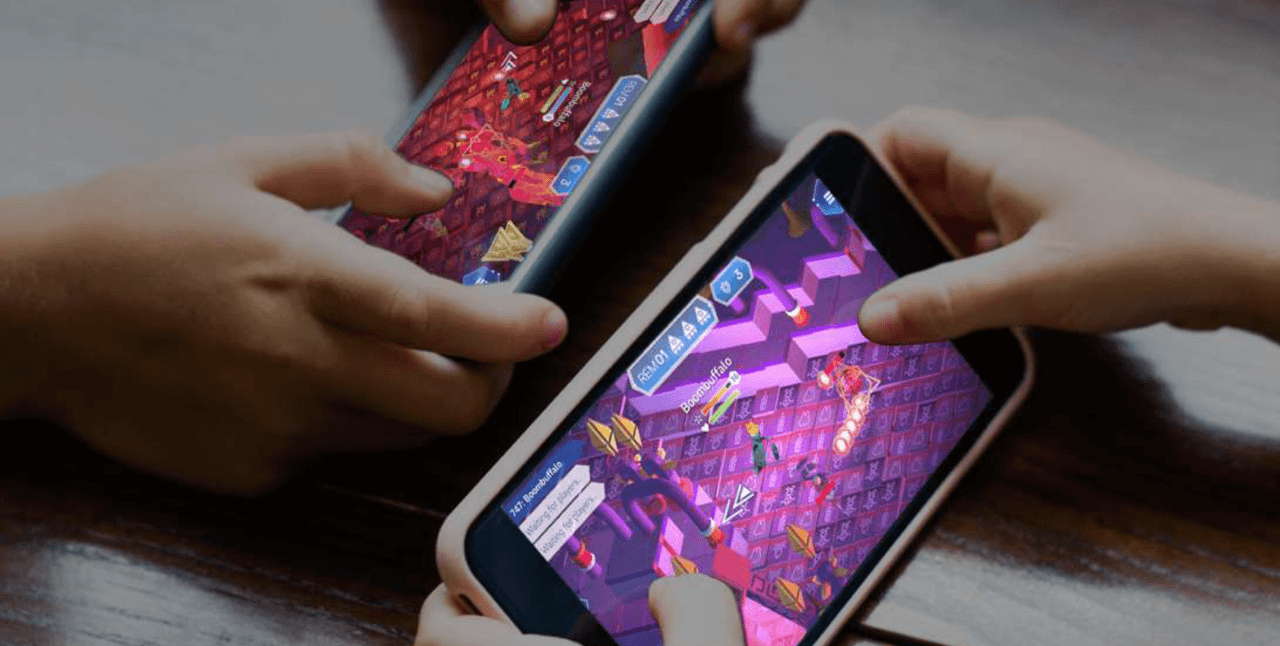Whilst at the BBC, I was the UX lead on the BBC’s first multiplayer game, Nightfall.
I was brought into the project roughly 8 months into development and it was my job to ensure the game was meeting user needs, whilst also meeting the needs of the organisation.
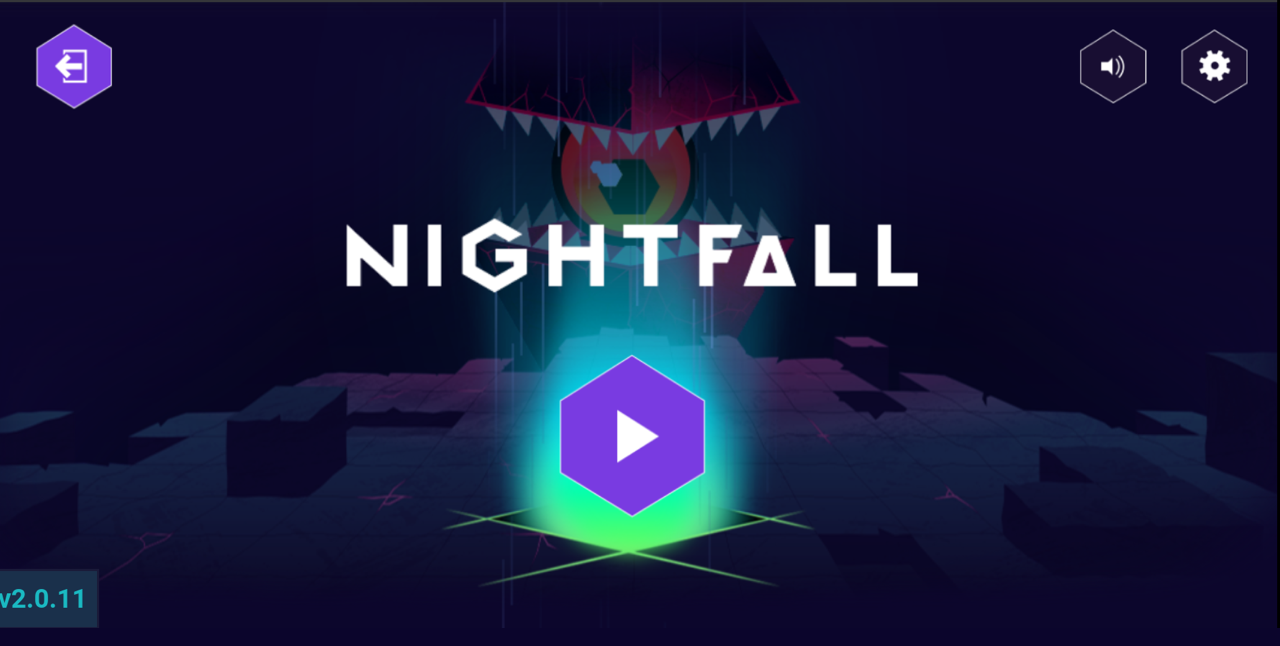
Nightfall play screen
Discovery
Organisation needs
The game was aimed at 8-11 year olds, an age range that the BBC was struggling to reach with its current content. The BBC also wanted to encourage retention of this age group and get audiences coming back more frequently and playing for longer.
User needs
Through lots of research, we identified that some of the key needs for audiences of this age were mastery, competition, social interaction and multi-tiered gratification - these then became the pillars that the game would be based on.
Defining the problem
Product strategy
Through analysing both user and business needs, the product strategy for the game was to encourage kids to play together and develop mastery through play, along with the BBC’s core mission of aiming to ‘inform, educate and entertain.’
The aim was also to develop a safe environment for kids to play together whilst having fun but at the same time providing parents with a level of confidence. Unlike many popular multiplayer games, such as Fortnite, the aim was that Nightfall would be free, with no in-game purchases and it would encourage screen down time and build social connections through team work and collaboration over pure rivalry.
Design
At the start of development, we learnt a lot. We packed so much into the game assuming this is exactly what kids would love, however that wasn’t the case. Over multiple lab sessions, users would repeatedly say the game was “too difficult,” “it didn’t make sense” and would therefore get bored, frustrated and lose interest.
Through delving into these issues through various research studies - including an online community and a 12 week play test focus group - we realised that users were unable to grasp the basics in order for them to fully exploit the games (and their own) potential. These basics included the controls and game on boarding.
In addition to these issues, the game hadn’t been balanced, meaning the difficulty per level was not right, especially on the first level. Users would get extremely frustrated by feeling they were not getting anywhere in the game.
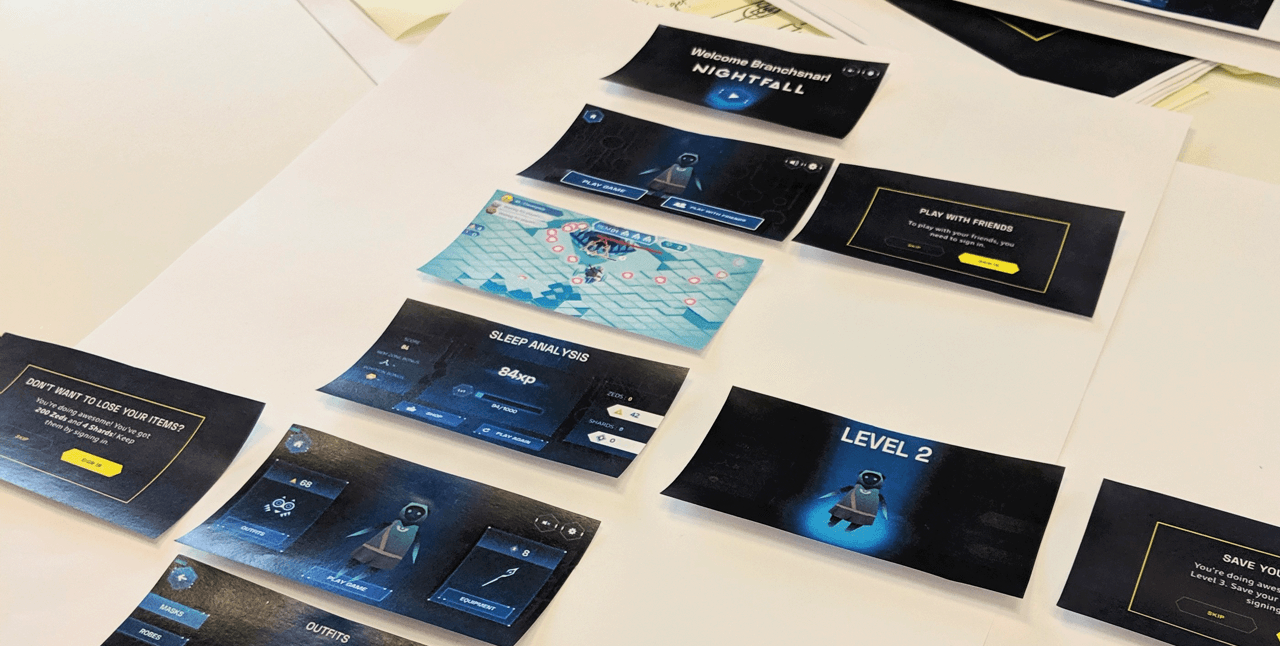
Paper prototyping game user flow before putting into digital prototype
Iteration
In order to help users with the game aim, we introduced an engaging intro animation, clearer more contextual on boarding and areas with little action to allow players to get their bearings and master the controls.
In order to improve the experience of difficulty, we made the first level a lot easier than it has been. Again, this allowed players to get their bearings, master some of the controls and feel like they are ready to play to their best ability.
Although the game was being developed by an agency, throughout the development of new features, I actively built numerous prototypes to test ideas with users before they went into development. This helped us learn quickly and implement more effectively. It also helped reduce the build costs as user feedback was o en addressed early enough via my prototypes, so it could go into build with confidence without needed to be redeveloped later down the line.
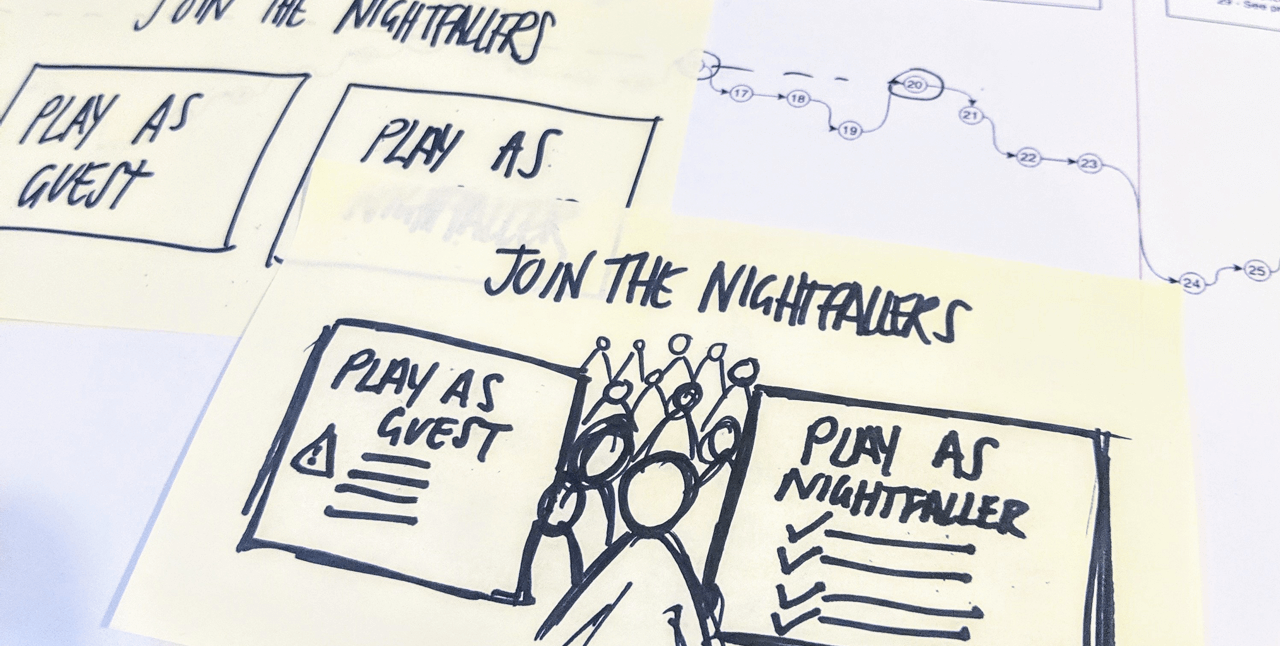
Sketching out screen mock ups
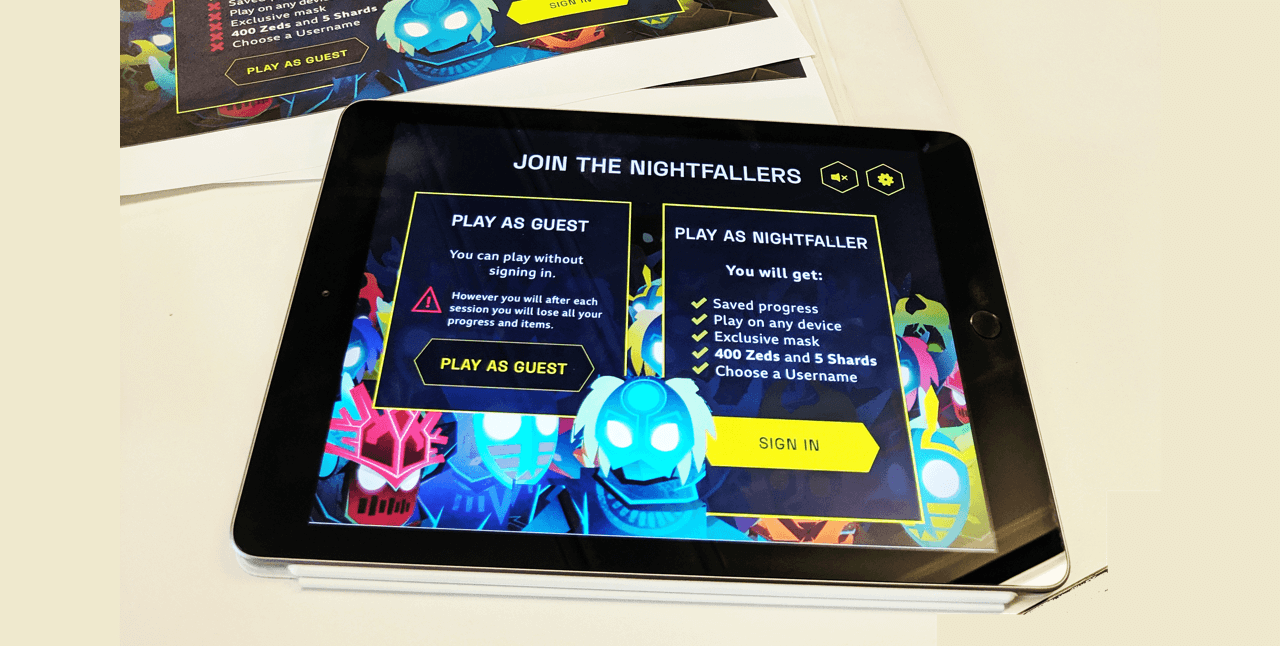
Mock up of a screen in a digital prototype ready for testing with users
Delivery
As the lead UX designer, it was my job to ensure issues would be fixed for users.
The game development was being done by an agency based in London. However, they had a lot of technical issues to focus on, whilst also completing many other parts of the game so were hesitant at this point to pick up on user issues, especially when they related to areas they considered completed. However, I felt strongly about working iteratively and getting basic issues fixed first so we could continue to test the next features more effectively.
To encourage the prioritisation of user issues, I actively started to share user insights into every discussion about the game with the agency and set up weekly insight sessions (which contained multiple sources of data) with the product team to highlight the need to prioritise fix user issues iteratively. When the product manager constantly heard feedback from our users, he eventually decided to prioritise getting these issues nailed before any more development was done. This was a huge win for the game and also for the team moving forwards. Since then, we were able to design and test more effectively for our users.

Testing prototypes in the lab
Results
Since making improvements, during the later rounds of user testing users were really engaged with the game. They felt extremely motivated to get better and couldn't put the game down. We also observed higher levels of users working together, which was encouraging to see as this was one of the key aims of the project.
The Beta version of the game was released in June 2019. The aim for this release was to gather feedback from users through the website, lab testing and analytics to get an idea of how the game performed in the wild. This provided the team with an abundance of insights and after making a few iterations gave the team a good level of confidence to go to the full game release.
The game is now live on the BBC website and is continuously getting feedback in the comments section of the page. These comments allow the team to look into bugs, get feedback on what our audience is enjoying and not enjoying and to try out ideas with invested users.
User feedback so far
"I LOVE NIGHTFALL!! It is genuinely one of the best games I have ever played!"
“I have so many good things to say about this game.”
“This might actually be better than Roblox.
"BEST GAME EVER!!!!!"
"I can't stop playing so good."
